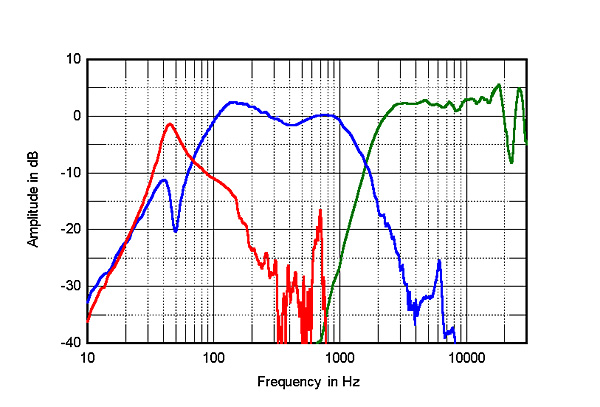Ported speakers are popular simply because they can achieve lower over all system cost and size for the same low frequency performance as a sealed.
However there are drawbacks.
For constant drive voltage, sealed maintains relatively constant excursion over frequency below box resonance. Below a ported box tuning frequency the port unloads and the woofer excursion and distortion go way up compared to sealed. Most larger speakers get away with this being ported below 40Hz where program material rarely exists. Rare is not always. It also worth running the calculations for an eye opener: to avoid chuffing and high port distortion, low frequency ports have to be huge, and for sane alignments require large cabinets again. Ported speakers (especially small units with high tuning) rely on our lack of acuity to distortion in the bass.
Ported speakers also have a deficit of stuffing by necessity and poorer reduction of the back wave. Cones are opaque to the back wave.
Most actual commercial models also have port leakage and resonance further up the range which requires special attention to mitigate, which rarely happens. Happy examples to the contrary include KEF flex ports, internal baffle arrangements, external "muffler" resonators hanging off the port in the cabinet etc.
Really good ported speakers can be designed, but for fewer trade offs, I'll take sealed every time. A good sealed (small) cabinet augmented by sub woofers (Welti approach) will provide fewer performance trade offs but at a price.

